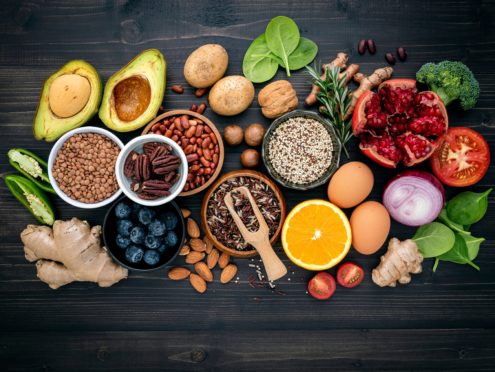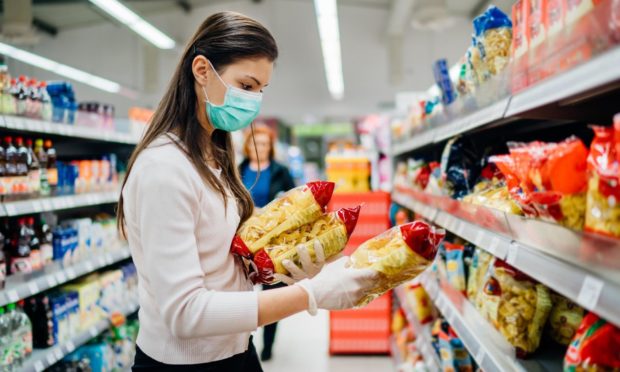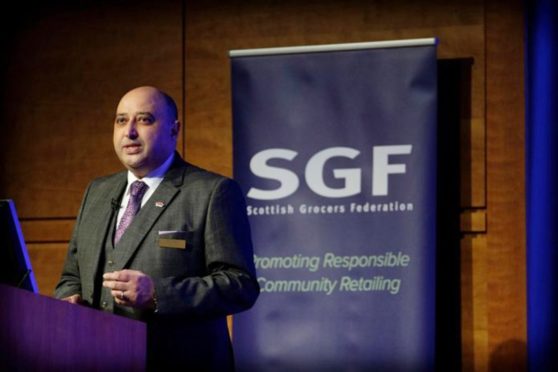As we continue to live our lives at home, which has been the case off and on for 11 months now, how we have changed our shopping and eating throughout the coronavirus pandemic is interesting, says Scottish Grocers Federation chief executive, Dr Pete Cheema.
Another lockdown was the sequel nobody wanted, even if our lives do go back to “normal” it is now very difficult to say what that normal will look like.
Towards the end of last year, we began to see some data coming through which gave us a bit of a picture of how our shopping and eating habits had adapted to our very restricted and socially distanced lives.
A new report published this month by Food Standards Scotland is now adding to this.
Compared to 2019, discounters and small retailers/convenience stores generally grew their share of total retail food and drink purchased.
In contrast, supermarkets had a lower share of volume compared to 2019. The number of retail trips remained consistently below levels in 2019, ranging from 10% to 24% lower.
Counting the calories
Unfortunately, we all purchased – and consumed – more calories.
Purchase of items high in calories remained consistently higher than 2019 levels from April onwards and at least into July 2020.
And it will come as no surprise to anyone that consumer purchase of confectionery and biscuits was consistently higher from May 2020 compared to 2019, and substantially above the percentage increase in the purchase of total food and drink.
Oddly enough, our purchase of fruit was generally higher in 2020 compared to 2019, particularly during the week before lockdown where the purchase was 26% higher and between April and June.
Purchase of fruit from April to July 2020 generally remained above levels in 2019, ranging from 2% to 19% higher.
So, throughout the pandemic, we have probably made fewer trips to the shops but bought more when we did shop.
In addition, we’ve been eating more including those items we probably see as treats or comfort food, but we’ve also been buying more fruit.
Oddly enough, our purchase of fruit was generally higher in 2020 compared to 2019, particularly during the week before lockdown where purchase was 26% higher and between April and June
Local convenience stores have done their very best to ensure that as wide a range of products is always available to customers. This includes a strong focus on fresh fruit and vegetables.
Supported by the Scottish Government, the SGF Healthy Living Programme has been hugely successful in guiding and advising local stores on how to maximise their range of fresh, healthy products.
Healthier diet

There are now almost 2,500 stores participating – local convenience stores are actually at the forefront of promoting a healthier diet.
Similarly, and again supported by the Scottish Government, we have developed and implemented a pilot program to support convenience retailers in sourcing healthy Scottish-made products.
A major aim of this to give our hard-pressed manufacturers, many of whom have suffered during lockdown, a vital route to market via the convenience channel.
The convenience sector is very well placed to adapt to changing trends in customer choices and behaviour. shopping locally is key.

